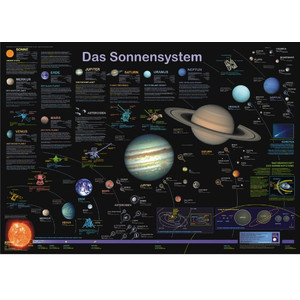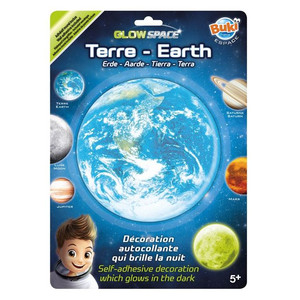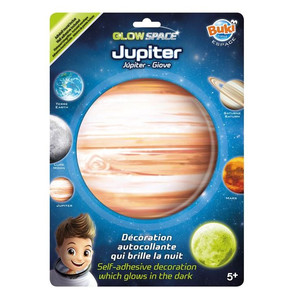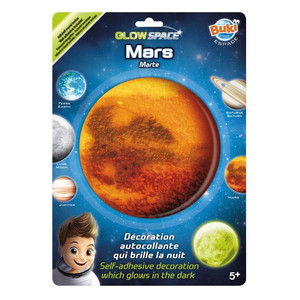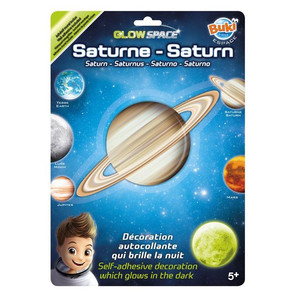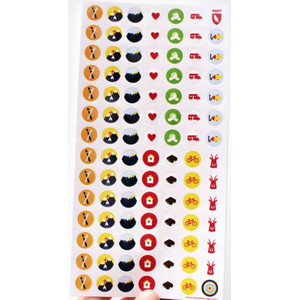Planet Poster Editions: World map with original writings
There was a time when German atlases still referred to "Neu-York" and "Virginien". Later maps were limited to English names worldwide.
But the world does not only speak English. Today, linguistic diversity is seen as the rich heritage of a colourful planet. It is no coincidence that, since the end of apartheid in South Africa, there are as many official languages as there are in the European Union.
Worldmaps no longer spell Calcutta, but Kolkata, Mumbai instead of Bombay, Krung Thep instead of Bangkok and Al-Qâhirah instead of Cairo.
But even this high standard will soon be outdated. Because the world not only speaks many languages – at the official state level, no fewer than 30 fundamentally different scripts are in use!
In India alone, there are eleven completely different scripts, almost one for each state. Some are almost unrivalled in their beauty and aesthetics.
This poster lists all geographical names in the official national scripts, combined with the Latin transcription. It took almost two years to research the correct spellings of many cities. A detective's challenge – because in South Asia in particular, there is hardly any non-English map material on the Internet, and place names are generally not listed in encyclopaedias.
Many scripts are arranged alphabetically – we have explained the simplest alphabets in the margin, including Cyrillic, Greek, Devanagari (used to write Hindi), Arabic, Korean, Ethiopian and others. This would hardly be possible for Chinese – several thousand characters are the minimum standard in both China and Japan. What is hardly known is that our Latin alphabet also has about 35 letters, some of which are only used in Iceland or Ghana, and the ß is only used in German.
Projection: Our map is based on a specially developed Planet poster projection. A cut in the Indian Ocean makes it possible to show Australia and New Zealand without distortion. Greenland is shown slightly smaller than Australia – an acceptable compromise, although the icy island actually covers less than a third of Australia's size. Nevertheless, Africa is significantly larger than North America on this map, as it is in reality.
In addition to the ocean contours, the Earth's vegetation cover is also shown – no easy task. This is because large parts of the rainforests of Brazil and Borneo have now been almost completely cleared and turned into pastureland or semi-deserts. This is a development that seems to have been overlooked by cartography until now. Our map has been produced using current satellite images in sensitive regions. And these look particularly alarming in Brazil. The extent of the destruction is only really visible from space.
Finally, we had to deal with the question of which national borders to draw. Certainly not those recognised under international law – because then the USA would have no borders at all, as hardly a square metre of North American soil belongs to the United States under international law (exceptions: the city of Philadelphia and parts of Pennsylvania – these areas were acquired by the Native Americans without breaking any treaties). The second world power – China – does not legally own all of its own territory either. We have marked the former border of Tibet on the map, and the US Indian reservations are also included. It was not easy to find their borders on US maps.
And then there are the many border conflicts, for example in South America. Venezuela claims half of Guyana's territory, Guatemala claims the entire country of Belize, Ecuador claims a quarter of Peru, and neither Chile nor Argentina is allowed to publish a map that does not include the (overlapping) disputed areas of the Antarctic Peninsula, which these countries consider their own territory. As if Chileans and Argentinians had always lived there. At least in the case of Antarctica, the international situation is clear: Antarctica belongs to the penguins. According to the Antarctic Treaty, no territorial claims are recognised south of 60 degrees.
Planet Poster Editions hopes that this world map will help to change the image of our planet a little. The world is diverse and colourful, a rich treasure trove of languages and cultures.
So we, who only learn 26 letters and English at school, have a lot of catching up to do.

